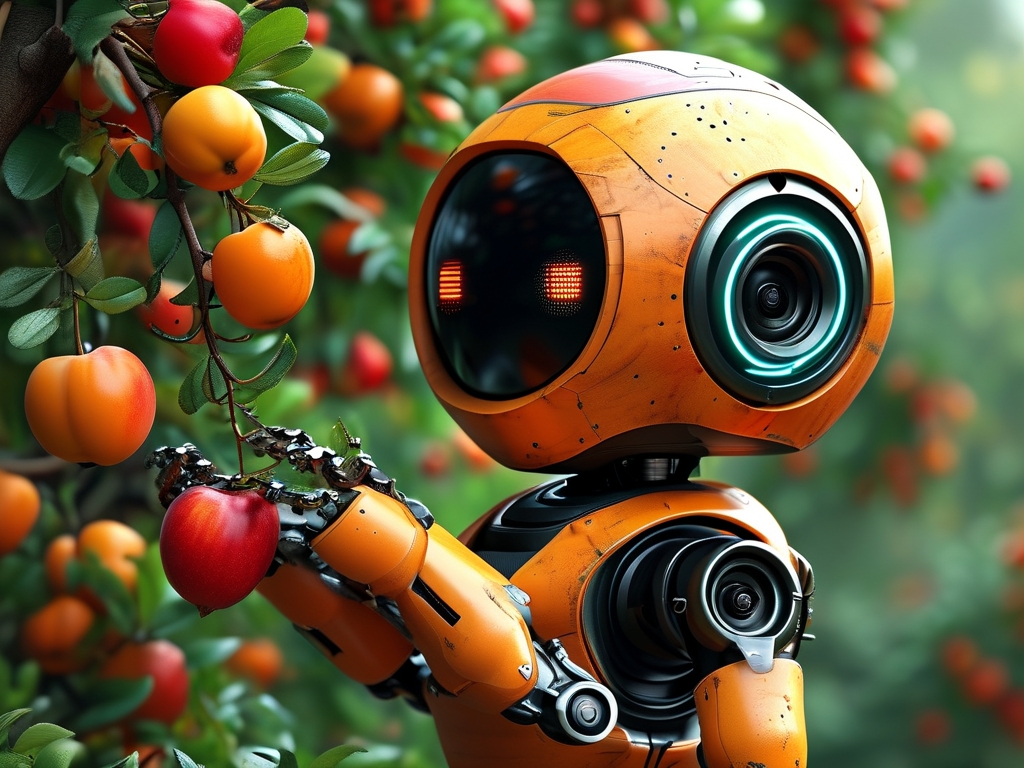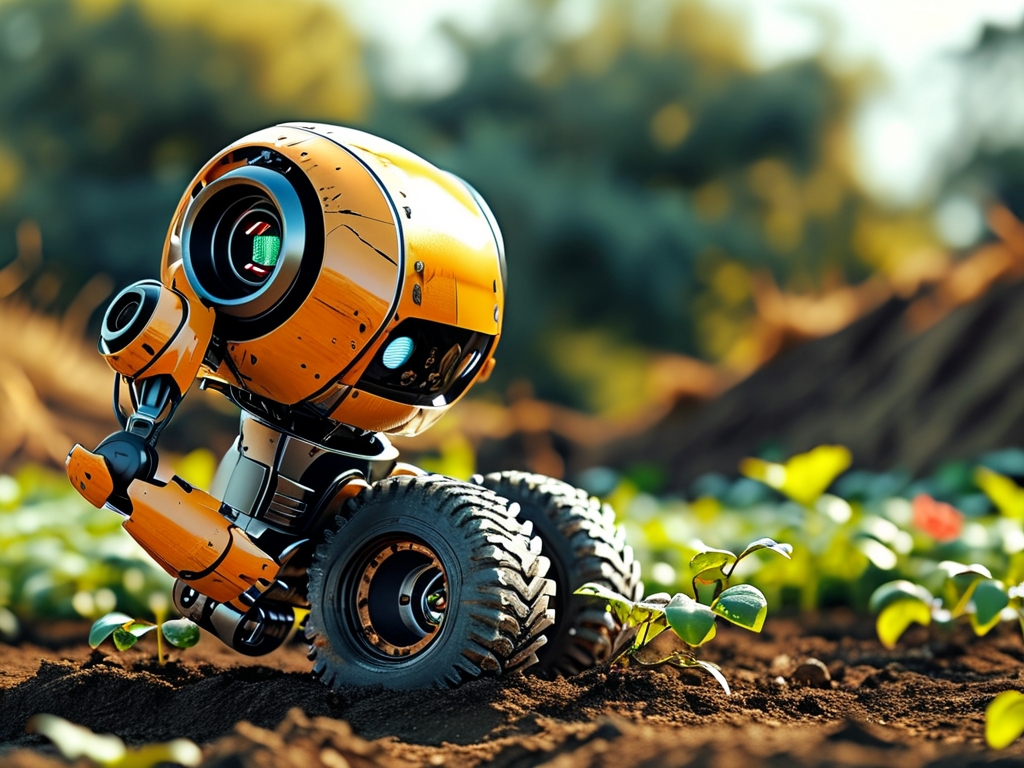The agricultural sector is undergoing a transformative shift with the integration of advanced robotics, particularly in the domain of fruit harvesting. Fruit-picking robot technology, once a futuristic concept, is now emerging as a critical solution to labor shortages, rising production costs, and the demand for sustainable farming practices. This article explores the mechanics, challenges, and future potential of fruit-picking robots, shedding light on how they are reshaping modern agriculture.
The Need for Automation in Fruit Harvesting
Traditional fruit harvesting relies heavily on manual labor, a system increasingly strained by global labor shortages. Seasonal workers, often essential for crops like apples, strawberries, and grapes, are becoming scarce due to stricter immigration policies, urbanization, and shifting workforce priorities. Additionally, the physical demands of picking delicate fruits—such as avoiding bruising or stem damage—require precision that human workers cannot always maintain consistently. These challenges have spurred interest in robotic systems capable of performing repetitive tasks with accuracy and efficiency.
How Fruit-Picking Robots Work
Modern fruit-picking robots combine cutting-edge technologies to replicate human dexterity and decision-making. Key components include:
-
Computer Vision Systems:
Using high-resolution cameras and machine learning algorithms, robots identify ripe fruits based on color, size, and shape. Advanced systems even analyze infrared data to assess internal quality, such as sugar content or ripeness stages. -
Robotic Arms and Grippers:
Custom-designed arms equipped with soft grippers or suction mechanisms gently detach fruits without causing damage. For example, strawberry-picking robots use 3D-printed silicone claws to cradle berries, while apple harvesters employ vacuum-based systems to pluck fruits from branches. -
Navigation and Mobility:
Autonomous robots navigate orchards using GPS, LiDAR, or pre-mapped routes. Some models operate on wheeled platforms, while others are mounted on drones or robotic tractors for vertical farming applications. -
AI-Driven Decision Making:
Reinforcement learning enables robots to adapt to varying field conditions. For instance, if a strawberry is partially hidden by leaves, the robot adjusts its approach angle to avoid damaging adjacent crops.
Case Studies: Success Stories and Innovations
Several companies and research institutions have pioneered groundbreaking fruit-picking solutions:
-
Tevel Aerobotics (Israel):
Tevel’s flying robots use AI to autonomously pick apples and peaches. Drones hover near trees, identify ripe fruits, and pluck them using extendable arms. This system reduces labor costs by 50% and operates 24/7. -
Harvest CROO Robotics (USA):
Specializing in strawberry harvesting, Harvest CROO’s robot uses a combination of cameras and conveyor belts to pick up to 8 acres of strawberries per day—equivalent to 30 human workers. -
Octinion (Belgium):
The Rubion robot, designed for raspberry and strawberry harvesting, employs a unique “twist-and-pull” mechanism to minimize fruit damage. Its vision system can process 15,000 images per second to locate berries in dense foliage.
Challenges and Limitations
Despite progress, fruit-picking robots face significant hurdles:
-
High Initial Costs:
Developing and deploying robotic systems requires substantial investment. Small-scale farmers often struggle to afford these technologies without subsidies or cooperative funding models.
-
Environmental Variability:
Robots must contend with unpredictable weather, uneven terrain, and varying light conditions. Rain or dust can impair camera accuracy, while wind might destabilize drone-based systems. -
Fruit Diversity:
Different fruits require tailored solutions. A robot designed for oranges may fail to handle softer fruits like peaches or tomatoes, necessitating modular designs or specialized models.
-
Human-Robot Collaboration:
Fully autonomous systems are still rare. Most farms deploy robots alongside human workers, requiring seamless coordination to avoid workflow disruptions.
The Future of Fruit-Picking Robotics
Advancements in AI, material science, and renewable energy are poised to address current limitations. Emerging trends include:
-
Swarm Robotics:
Teams of small, collaborative robots working in unison could cover large orchards faster while sharing data to optimize harvesting routes. -
Self-Learning Systems:
Robots equipped with generative AI could continuously improve their performance by analyzing past harvests and adapting to new crop varieties. -
Sustainable Energy Integration:
Solar-powered robots or those using biodegradable components could reduce the environmental footprint of automated farming. -
Global Scalability:
As costs decline, developing nations—where agriculture employs over 60% of the workforce—could adopt these technologies to boost productivity and reduce post-harvest losses.
Fruit-picking robot technology represents a paradigm shift in agriculture, offering solutions to pressing challenges while aligning with sustainability goals. While technical and economic barriers remain, ongoing innovation and cross-industry collaboration promise to accelerate adoption. As these robots evolve from experimental prototypes to mainstream tools, they will not only enhance food security but also redefine humanity’s relationship with farming—ushering in an era where technology and nature thrive in harmony.


